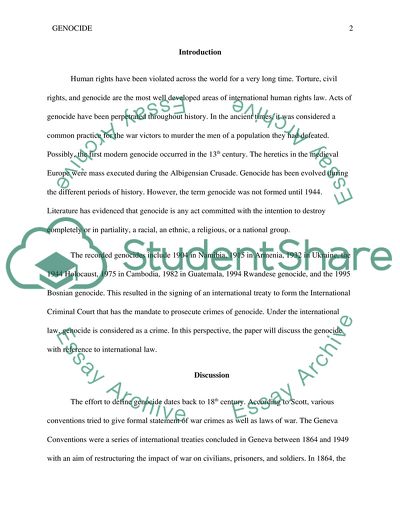Cite this document
(“International law Research Paper Example | Topics and Well Written Essays - 2000 words”, n.d.)
International law Research Paper Example | Topics and Well Written Essays - 2000 words. Retrieved from https://studentshare.org/social-science/1680443-international-law
International law Research Paper Example | Topics and Well Written Essays - 2000 words. Retrieved from https://studentshare.org/social-science/1680443-international-law
(International Law Research Paper Example | Topics and Well Written Essays - 2000 Words)
International Law Research Paper Example | Topics and Well Written Essays - 2000 Words. https://studentshare.org/social-science/1680443-international-law.
International Law Research Paper Example | Topics and Well Written Essays - 2000 Words. https://studentshare.org/social-science/1680443-international-law.
“International Law Research Paper Example | Topics and Well Written Essays - 2000 Words”, n.d. https://studentshare.org/social-science/1680443-international-law.


